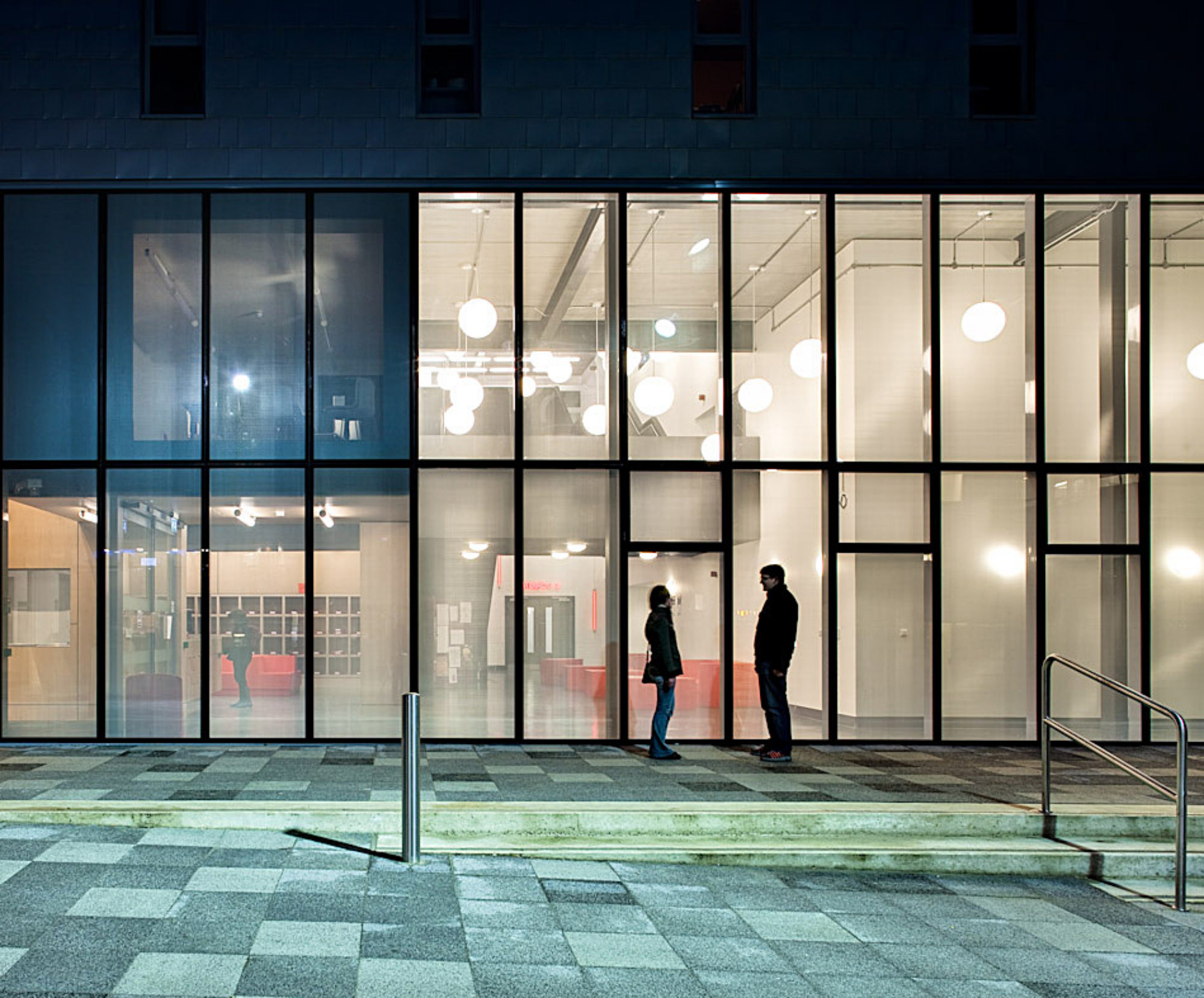Professor Sonia Sedivy (Department of Philosophy, University of Toronto)
Aesthetic Properties, History and Perception
Monday 12th November 2018, at 5pm in Darwin Lecture Theatre 2, University of Kent
ABSTRACT:
If artworks and their aesthetic properties stand in constitutive relationships to historical context and circumstances, so that some understanding of relevant facts is involved in responding to a work, what becomes of the intuitive view that we see artworks and at least some of their aesthetic properties? This question is raised by arguments in both aesthetics and art history for the historical nature of works of art. The paper argues that the answer needs to take philosophy of perception into account. The principal development that has shaped philosophy of perception in the last thirty years—explaining perceptual experience in terms of contents that represent that such-and-such is the case—is directly relevant to key arguments for the historical nature of art because contents can represent complex kinds and properties. Conceptual realism is especially well-suited for explaining perception of artworks and aesthetic properties because it emphasizes that forms of understanding— in the sense of capacities, abilities and techniques—are involved in perceptual engagement with individual objects and instances of properties. To make this case, the paper examines influential arguments for the historical nature of art and aesthetic properties by Arthur C. Danto and Kendall L. Walton; and examines art-historical discussions by Michael Baxandall, Linda Nochlin and T. J. Clark. The paper argues that the aesthetic properties of an artwork depend on human intentional uses of properties, colours and contours among them, and such uses may themselves be aesthetic. The Wittgensteinian notion of use is contextual and historical, and uses are perceptible.

